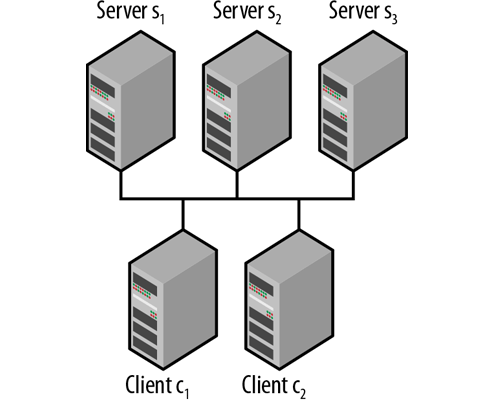Distributed Application
There is no doubt that there is great demand for large-scale distributed applications. Indeed, tremendously expensive special-purpose distributed systems have been deployed and today are used extensively in the banking, airline, and telecommunication industries. The major barrier to supporting these, and even richer, applications on the Internet is the difficulty of designing, building, testing, and maintaining distributed applications using the tools that comprise the state-of-the-art today.
Our proposal is to develop tools that will enable developers to realize scalable distributed applications on the Internet. The life cycle of a distributed application can typically be viewed as having four stages:
Most companies have not taken full advantage of multi-tiered (n-Tier) architectures. The guiding principles of distributed multi-tiered architectures like J2EE and .net / Windows DNA are Web computing; faster time to market; true interoperability; Scalability, reduced complexity; language, tool, and hardware independence; and lower cost of ownership..

Design State
- Implementation and testing stage
- Deployment and utilization stage
- Maintenance and evolution stage
- 1. Sai Ideal Softwares approach to helping developers design applications is to provide a set of general-purpose building blocks from which more complex systems can be composed.
- 2. To facilitate implementation, we plan to develop a methodology for whole-system simulation using true client behavior in highly realistic network conditions.
- 3. Deploying network applications today is a painfully manual process and prone to error. To reduce this hurdle, we propose to create a shared infrastructure that software developers will employ during the deployment and the maintenance and evolution stages.
- 4. Finally, we plan to develop a set of tools for monitoring distributed applications that will improve their long-term reliability by reporting on their behavior (and failures).






